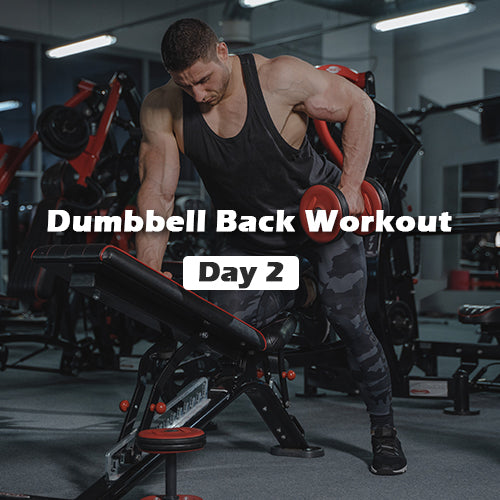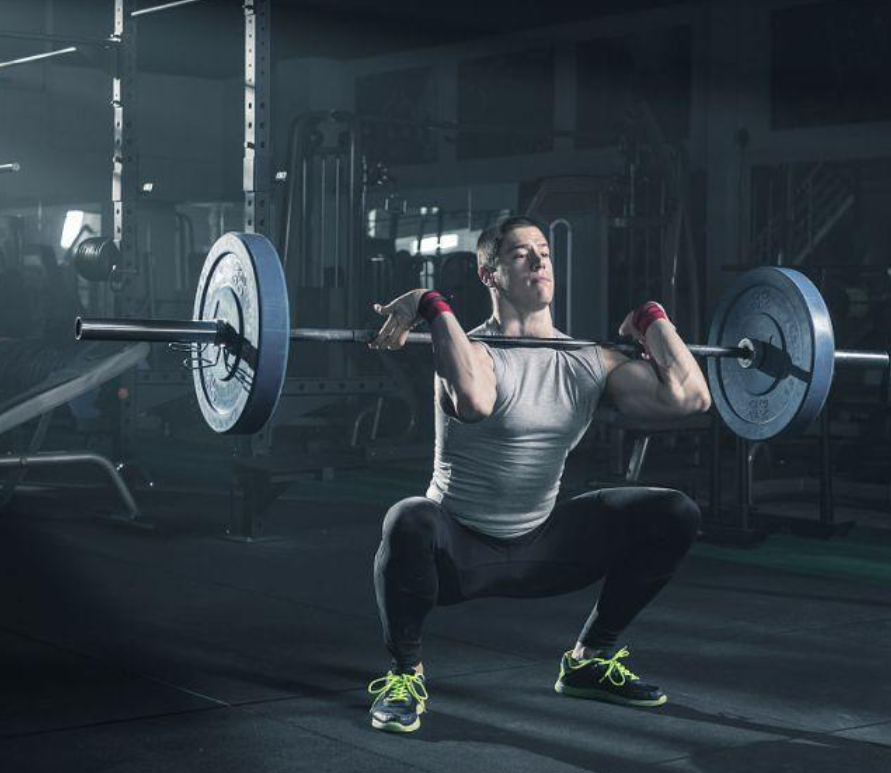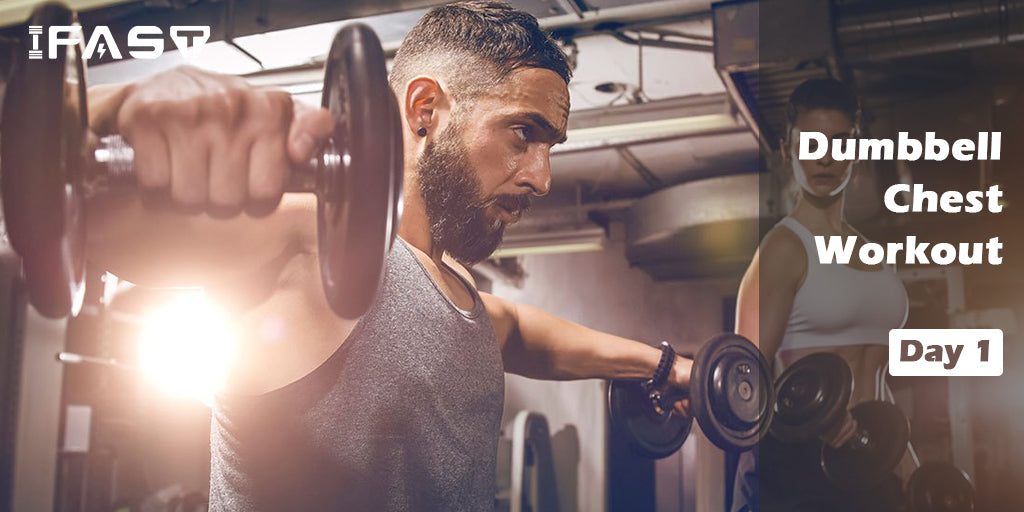
Dumbbells are very convenient and practical training equipment because you can freely choose the exercises you want to do. Compared with barbells, dumbbells are more flexible and can efficiently use space.At home, dumbbells can save more space than other equipment. Despite this, the training effect of dumbbells is not worse than other equipment. This is why many people like dumbbell training.
The Anatomy of the Chest
Before diving into the world of dumbbell chest workouts, it's essential to understand the anatomy of the chest muscles, scientifically known as the pectoralis major. The chest consists of two primary muscle groups:

Pectoralis Major (Upper and Lower): The pectoralis major is divided into two parts: the upper (clavicular) and lower (sternocostal). Together, these muscles are responsible for shoulder flexion, adduction, and horizontal adduction.
Pectoralis Minor: Located beneath the pectoralis major, this muscle helps stabilize the shoulder blades and contributes to scapular protraction.
We will share a dumbbells full-body week plan, hoping to help friends who are busy at work and don't have time to go to the gym.

Day 1: Chest Workout
6 Dumbbell Chest Workouts We Recommend:
- Push-ups
- Supine Dumbbell Push
- Supine Dumbbell Fly
- Dumbbell Hip-bridge Press
- Dumbbell Hip-bridge Fly
- Dumbbell Bent Over Row
Let's start!
1.Push-ups
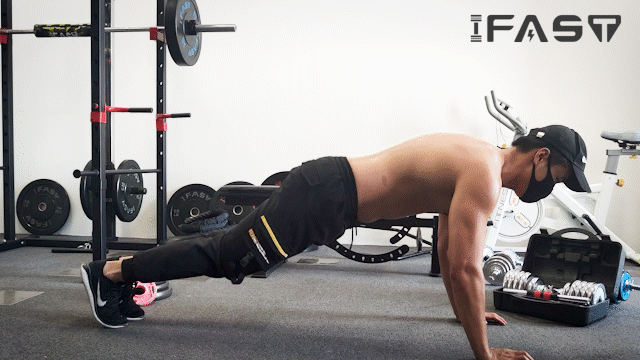
⚠️The push-up is a classic bodyweight exercise that targets the chest, shoulders, triceps, and core muscles. To perform a push-up, start in a plank position with hands placed slightly wider than shoulder-width apart and toes on the ground. Lower your body by bending your elbows, keeping them close to your sides, until your chest is just above the ground. Push back up to the starting position, fully extending your arms. Maintain a straight line from head to heels and engage your core throughout the movement. Push-ups can be modified for beginners and advanced with various variations like wide-grip, diamond, decline, incline, and plyometric push-ups. They are effective for building upper body strength and can be done anywhere without the need for equipment.
2.Supine Dumbbell Push
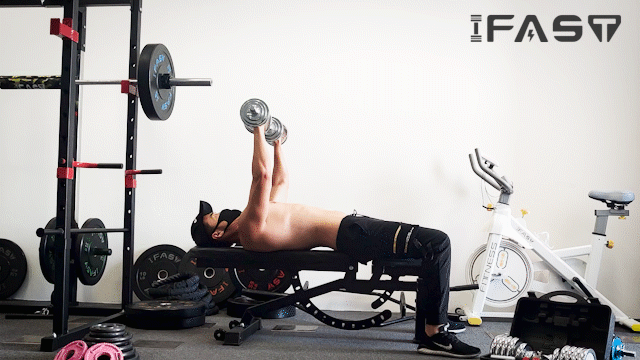
⚠️: Every time you push your chest up, your elbows are clamped up and inward to squeeze your chest, press your shoulder blades firmly on the weight bench, and you must avoid pulling back the shoulder straps.
3.Supine Dumbbell Fly

⚠️: Keep your arms slightly flexed during the entire movement, otherwise your biceps must feel larger than your chest. When applying force, imagine that your biceps should be as close to your chest as possible to find the feeling of chest tightening. When you eccentrically control your fall, try to put it as much as possible. Feel the stretching at a slow speed. For novices, the feeling of the eccentric control phase is generally greater than that of the force phase.
4.Dumbbell Hip-bridge Press
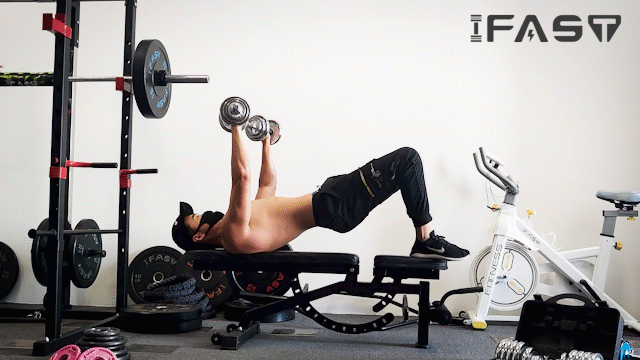
⚠️: Maintaining the hip bridge posture bench press is mainly to shift the focus of training from the middle beam to the lower beam and the outer edge of the chest. Therefore, this action has certain advantages in shaping the contour of the chest.
5.Dumbbell Hip-bridge Fly

⚠️: Keep the torso and thighs in a straight line, do not push the hips too much to increase the pressure on the lumbar spine, other details of the action are the same as lying flat.
6.Dumbbell Bent Over Row
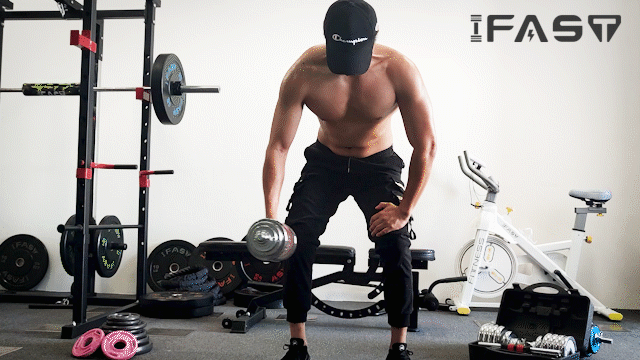
⚠️: The reason for the contraction range is that this action is more inclined to the inside of the chest. Therefore, We suggest that you stay for about 1 second when you fully squeeze the chest to feel the squeeze of the chest.
Benefits of Dumbbell Chest Workouts
Including dumbbell chest exercises in your training regimen offers a multitude of advantages:
-
Balanced Chest Development: Dumbbells allow you to isolate and develop both the upper and lower chest for a well-balanced appearance.
-
Enhanced Muscle Activation: Dumbbells engage stabilizing muscles, promoting more comprehensive muscle activation and growth.
-
Increased Range of Motion: Dumbbell exercises often provide a broader range of motion compared to barbell exercises, stimulating muscle fibers more effectively.
-
Versatility: Dumbbells can be used in various settings, from the gym to home workouts, making them an adaptable choice for chest training.
-
Injury Prevention: Dumbbells enable natural movements, reducing the risk of strain or injury.
Expert Tips
To optimize your dumbbell chest workouts, consider these expert tips:
-
Warm-Up: Prioritize a thorough warm-up to prepare your chest muscles for the demands of your workout.
-
Progressive Overload: Gradually increase the weight you lift to continue challenging your chest muscles.
-
Mind-Muscle Connection: Focus on feeling the chest muscles working during each repetition, rather than simply moving the weight.
-
Proper Breathing: Breathe out as you exert force (e.g., when pressing the dumbbells) and inhale during the eccentric phase.
-
Rest and Recovery: Ensure adequate rest between chest workouts to allow
Today's training is over! IFAST will continue to update your training plan for the next day!
Day 2: Dumbbell Back Workout
IFAST Adjustable Dumbbells Set can help you complete your whole body training!

